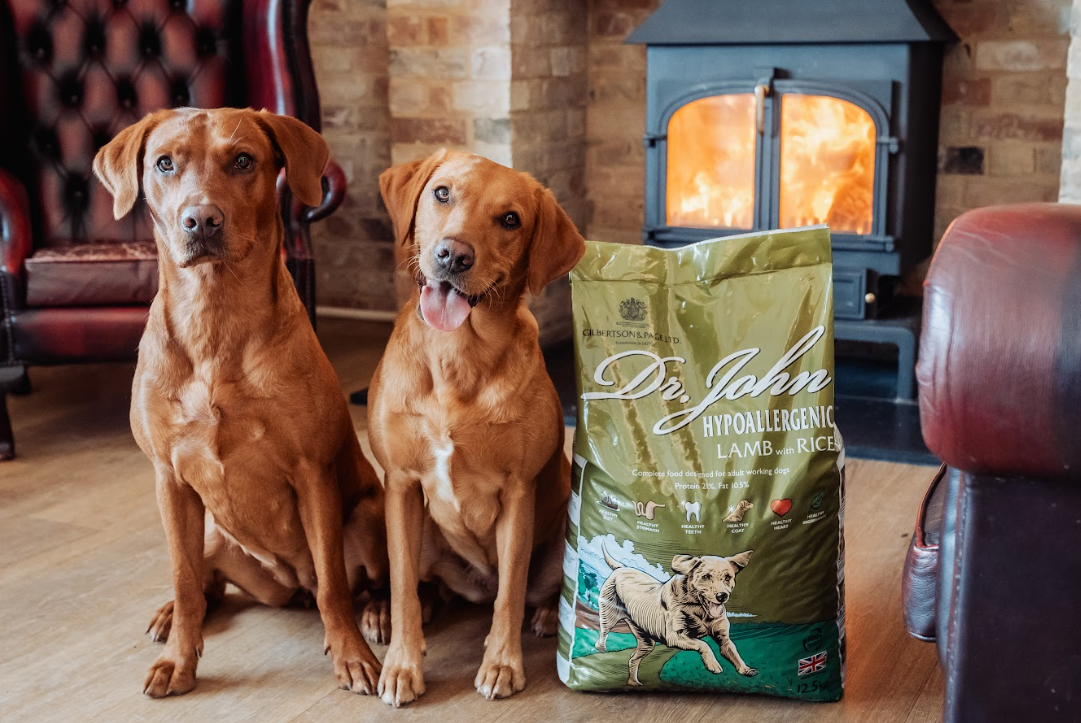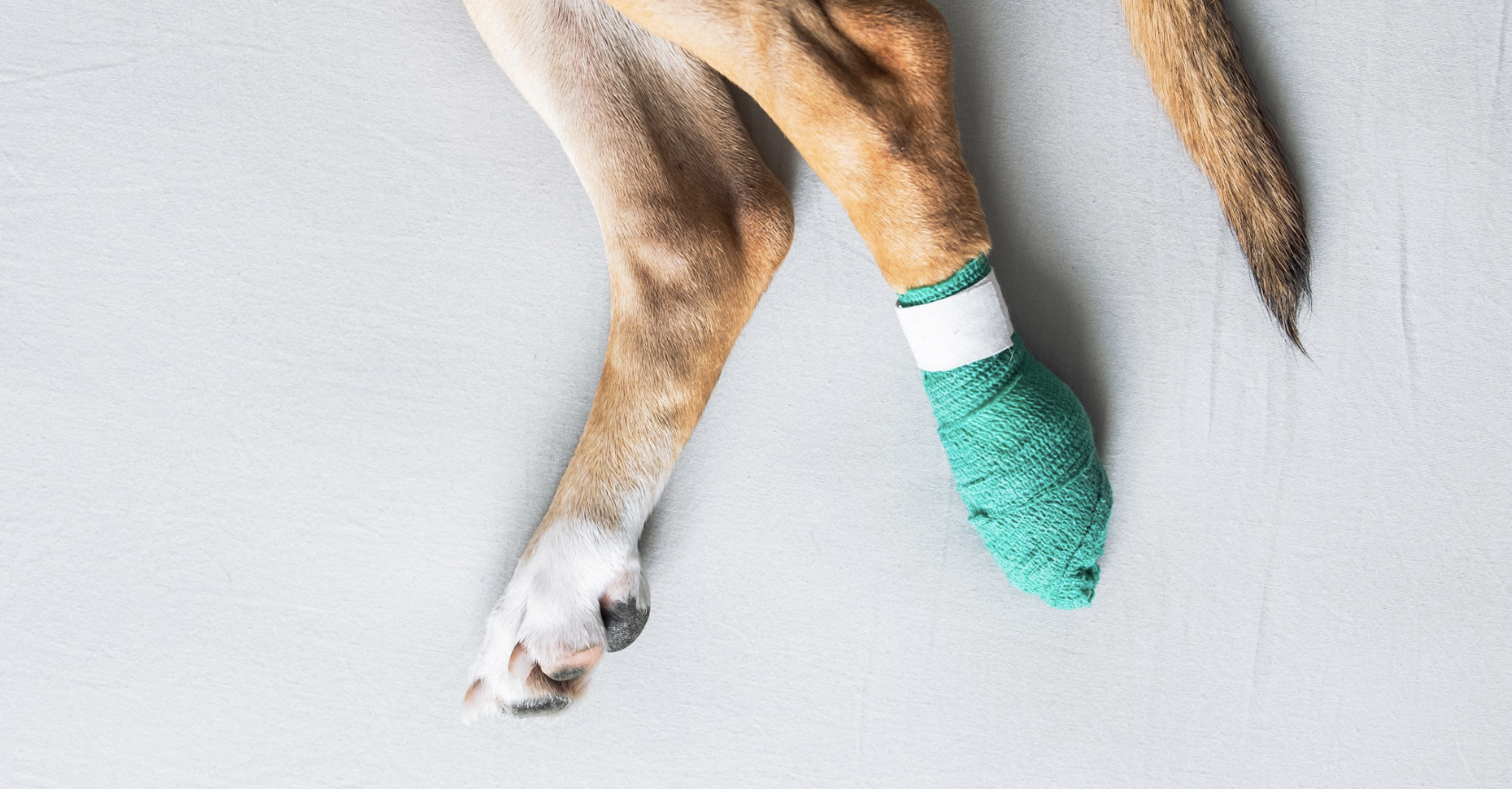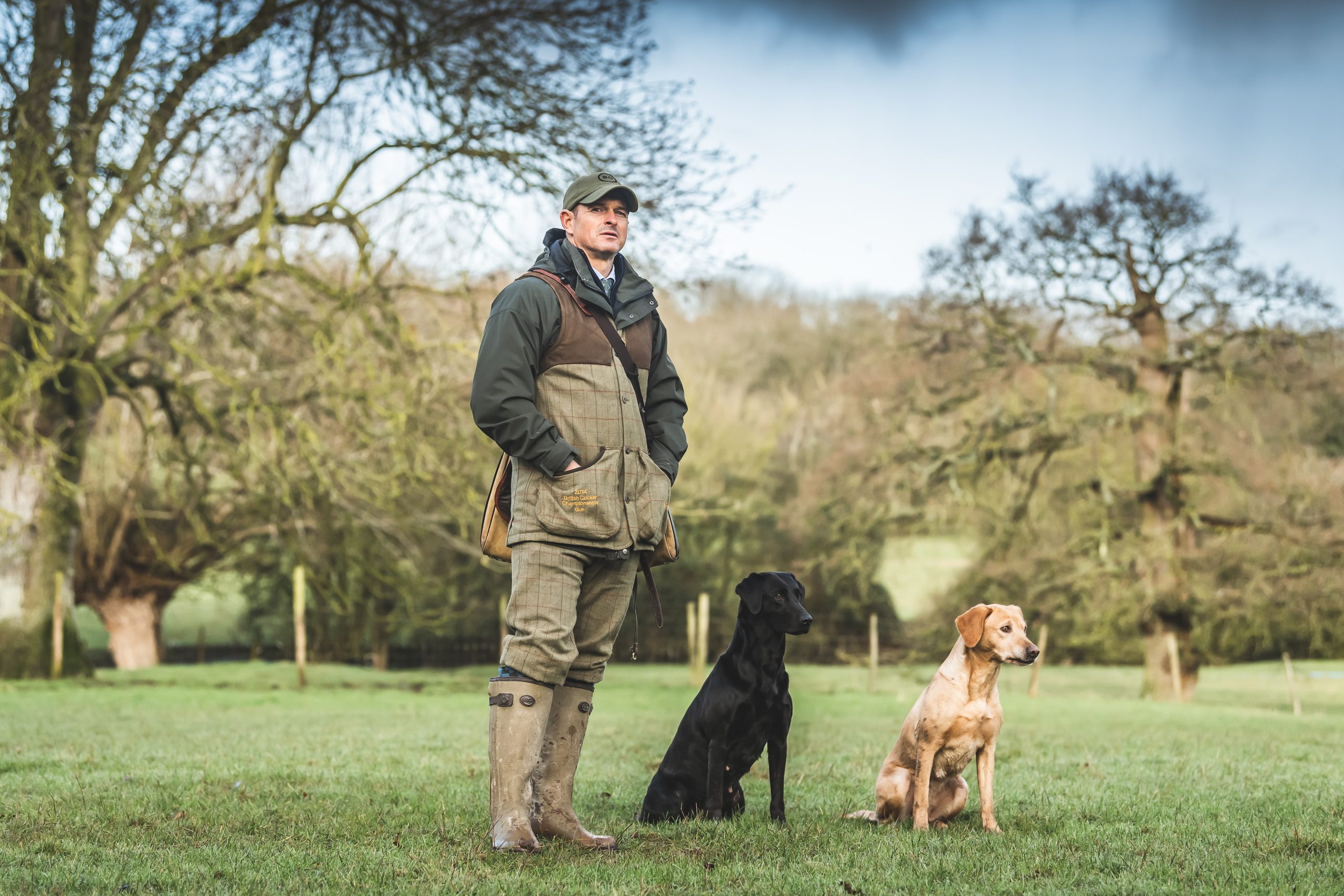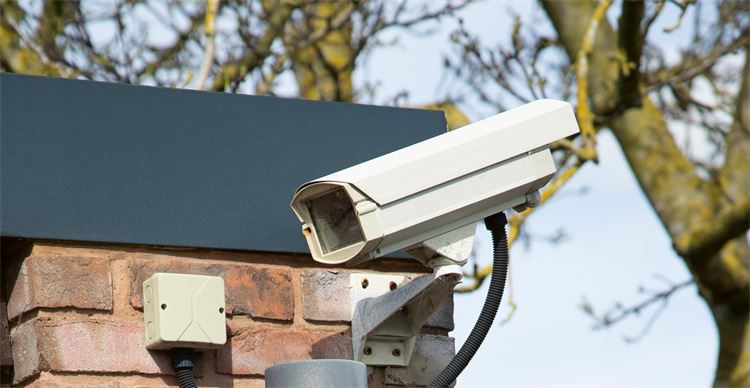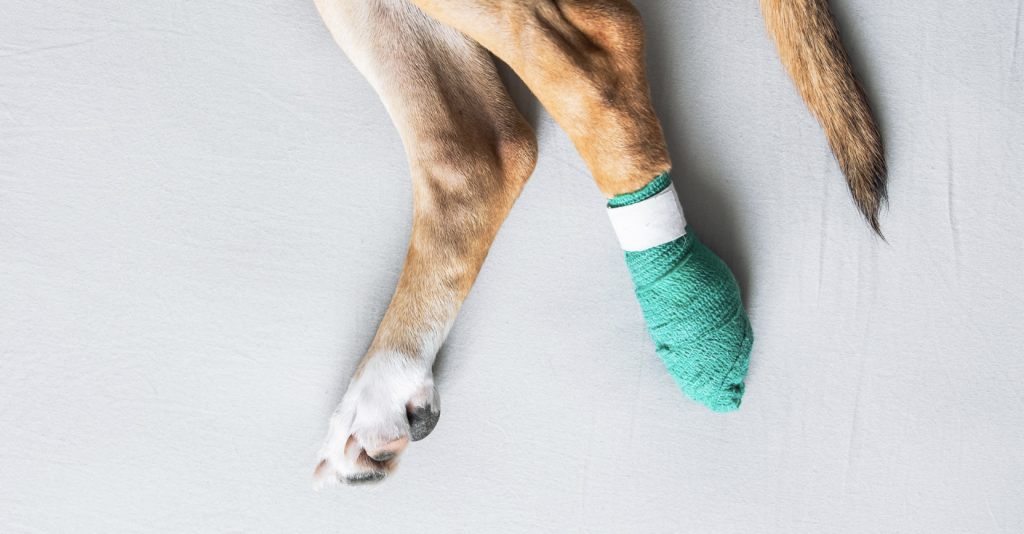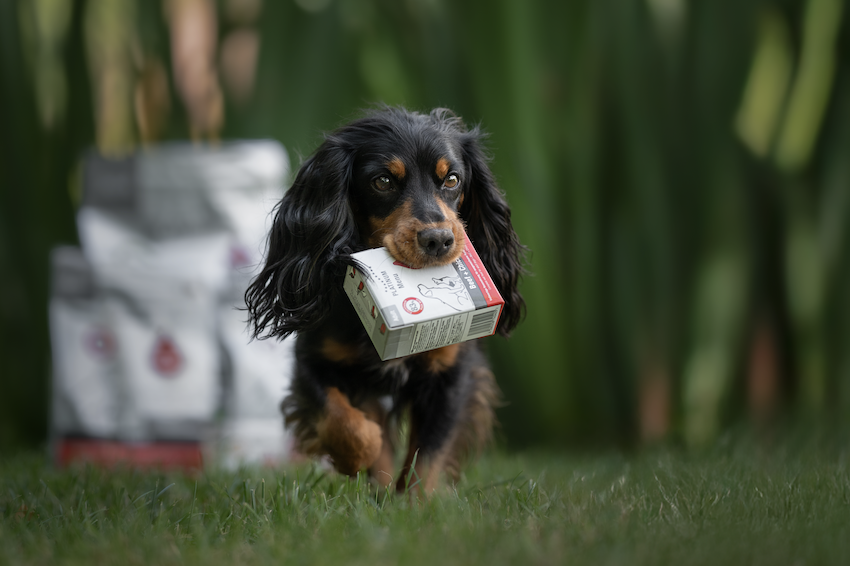Don’t be an Easy Target
With regular news of stolen gundogs making us all jittery, we asked BASC gundog expert Kate Dymock to explain a few things you can do to put your mind at ease.
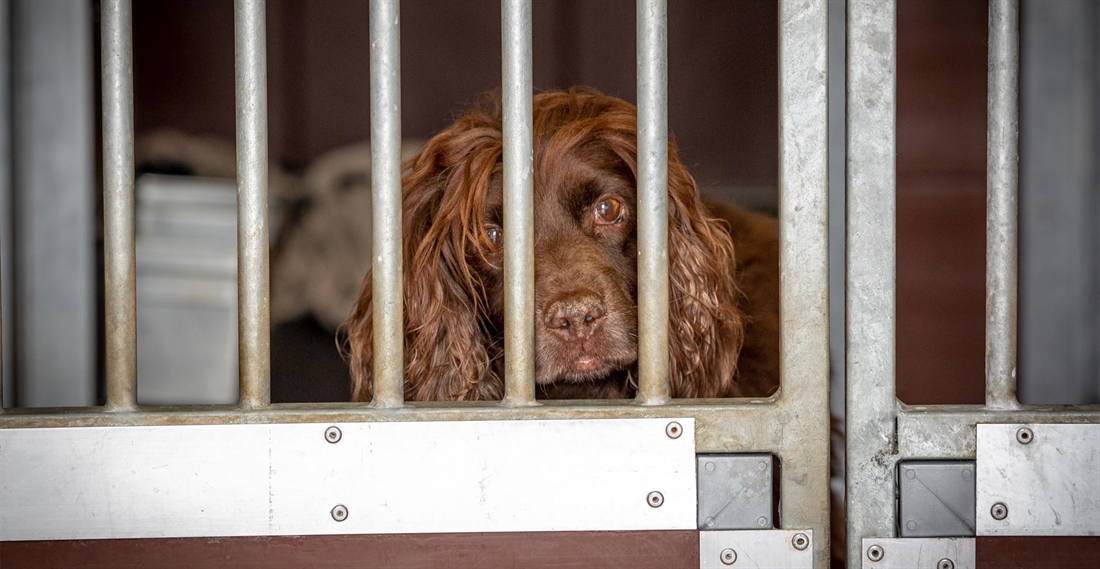
The thought of my dog being stolen sends shivers down my spine. Like the majority of owners, my gundog is also a precious family pet and companion. It would be traumatic to lose him to theft. Gundogs are at increased risk of being stolen exactly because they are generally remarkable obedient, friendly, often pedigree and frequently kept in kennels. They are an easy target that can be sold on quickly.
It’s your responsibility
Although dog theft is something a lot of people choose not to think about, considerable thought should be given to the steps that can be taken to minimise the risk. A dog’s safety should be a priority from the moment it is brought home. Microchipping is now a legal requirement for all dogs in the UK (the only exception being if a vet has certified that microchipping will pose a risk to the animal’s health and welfare). It is your responsibility to ensure the details on the chip are kept up-to-date. Remember to regularly ask your vet to check your dog’s chip works correctly.
If you are buying a trained gundog, ensure it comes from a legitimate source, with the correct paperwork. If the dog is Kennel Club registered, re-register it in your name straight away. Also, don’t forget that any docked dog in the UK must have a docking certificate signed by the vet who performed the procedure. Its absence should certainly raise some questions.
The photographic mixed blessing
Once a new dog has been picked up, it’s pretty certain that photographs of the proud new addition will be taken. Getting good, clear photographs of your dog is a must; record any distinctive features, capture the dog from different angles and remember to take an occasional photo of yourself with the dog – this could be valuable proof of ownership. Keep a selection of photos alongside the dog’s papers and important contact numbers, such as your pet’s microchip database, the dog warden and local rescue centres.
Here comes a warning though – while social media is invaluable when it comes to looking for a stolen dog, it can be your foe, too. We all love to share photos of our dogs and update everyone about how well they are doing in training, but be careful about what you post online. Thieves can easily find all the information they need about you and your dog on social media platforms. Never give away too much detail about your dog or where you keep it. Always be mindful of who could see your posts, and use privacy settings wisely.
Lights, camera, locks
Gundogs are especially vulnerable as many are kept outside. Consider how your kennels are set up and think about how easy it would be to steal your dog. Build the kennels close to your house, minimise their visibility from outside your premises, and restrict access to them.
Certainly consider installing CCTV; some systems will send alerts when the camera picks up anything untoward, including movement. Also think about installing motion-triggered floodlights around the kennel and utilising alarmed padlocks.
Don’t forget garden security. A sturdy fence is a good deterrent but you still shouldn’t leave your dog completely unattended. You can also install a lock and a bell on the gate to signal entry to your property.
Breeding, travel and collars
If you’re planning to breed your dog, be extra wary. Keep a log of who visits the puppies and ensure they don’t know where they’re kept on a daily basis. Use a pen in the garden or limit the visitors’ access to just one room. Think about additional cameras and security alarms when you have puppies.
Your dog will undoubtedly travel with you on many occasions, so car security is essential. Having dogs loose in the back certainly makes the thief’s job easier. To make dogs less accessible, get a lockable crate with an alarmed padlock or install boot locks. Both will ensure your dog has sufficient ventilation while keeping them safe.
Also be cautious about where and when you walk your dogs. By law every dog, apart from a few exemptions, must wear a collar with a name and address tag in a public place. Consider not including the dog’s name on the tag as once a thief knows the name it is a lot easier to coax it along.
Use common sense but avoid paranoia
It’s quite normal that people will approach you and ask about your dog, especially if it’s a puppy. If somebody asks too many questions though, politely end the conversation and walk away. Try not to walk your dog at the same time and to the same area every day – routine makes it easy for a thief to target your dog.
If your dog goes missing under suspicious circumstances, report it to the police, make sure it is logged as theft and demand a crime number. Distribute posters and flyers, inform local shelters, the dog warden and the microchipping company. Consider joining national and local missing pets’ websites and Facebook groups to get the message out.
Don’t be paranoid; clearly not everyone you meet is a thief. However, learn from the experience of others by making sure your dog is as difficult to steal as possible.
Related Articles
Get the latest news delivered direct to your door
Subscribe to Gundog Journal
Unlock the full potential of your working dog with a subscription to Gundog Journal, the UK’s only dedicated magazine for gundog enthusiasts. Published bi-monthly, this authoritative resource delivers expert training advice, in-depth interviews with top trainers and veterinary guidance to help you nurture a stronger bond with your dog.
With stunning photography and thought-provoking content, Gundog Journal is your essential guide to understanding, training and celebrating your working dog.
Save 10% on shop price when you subscribe, with a choice of packages that work for you. Choose from Print & Digital or Digital only with each journal delivered directly to your door or via the app every other month, plus access to past issues with the digital back issue library.



